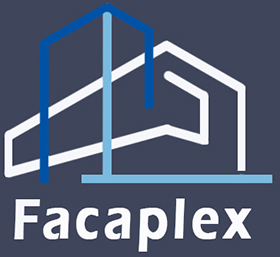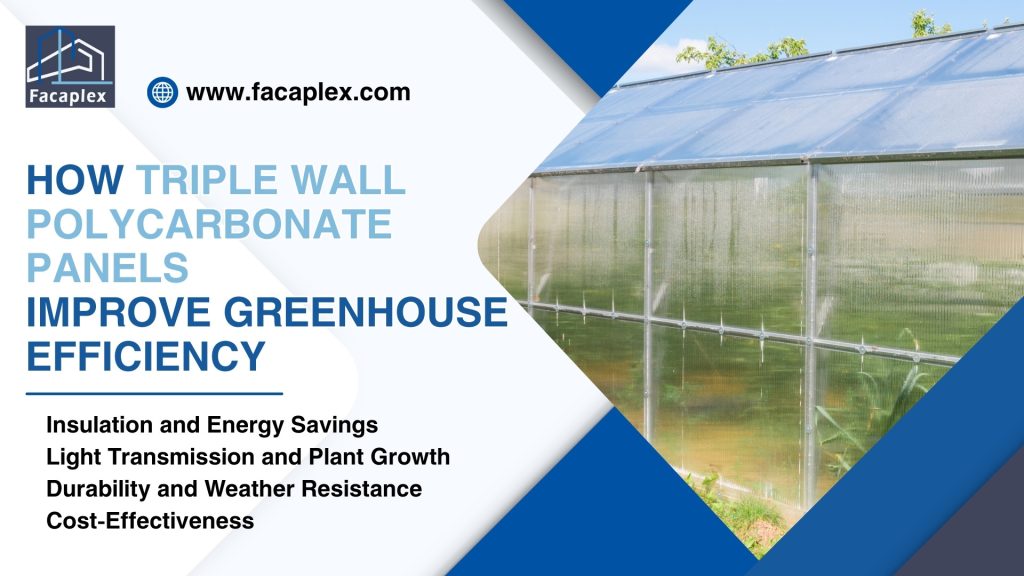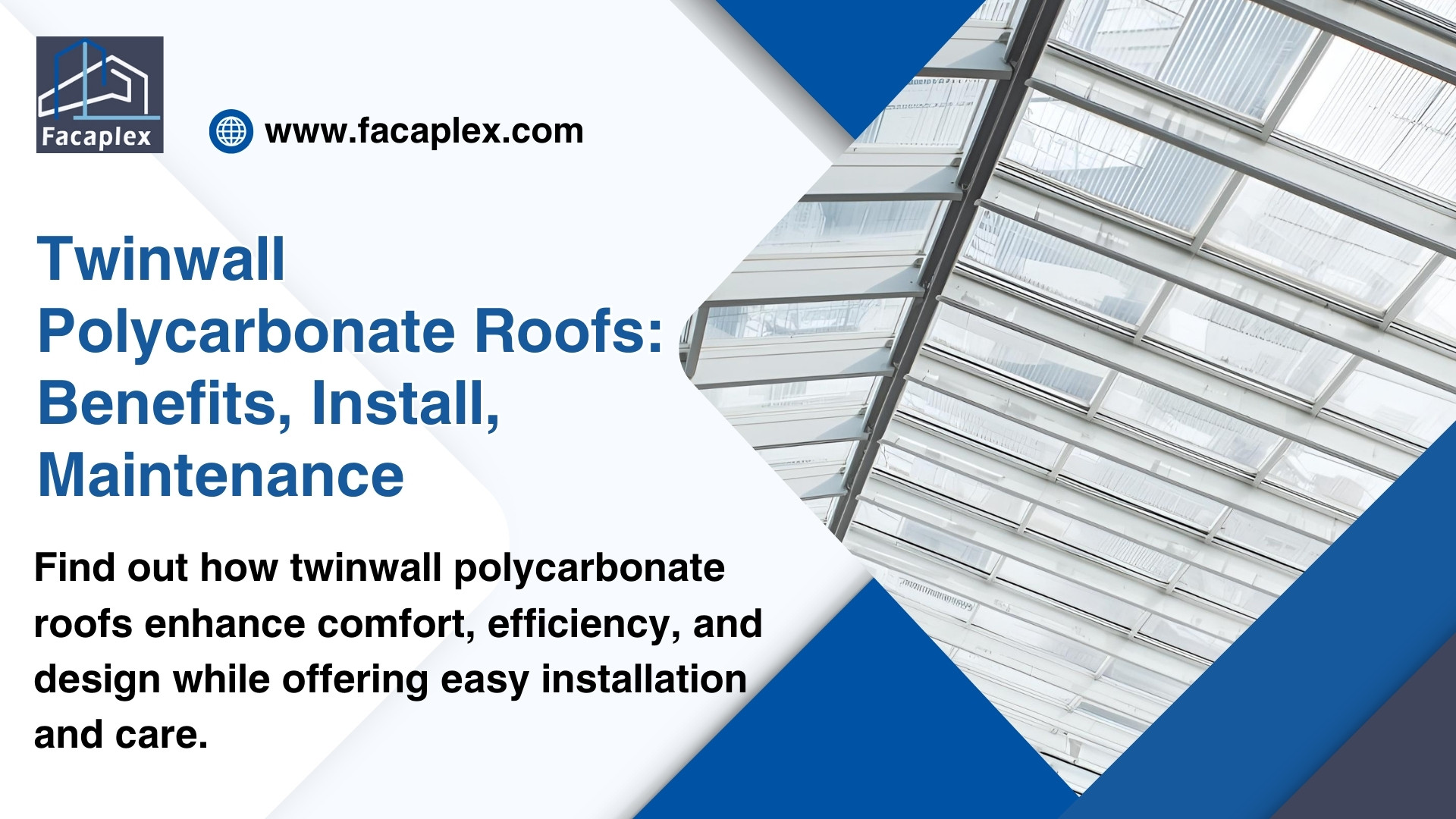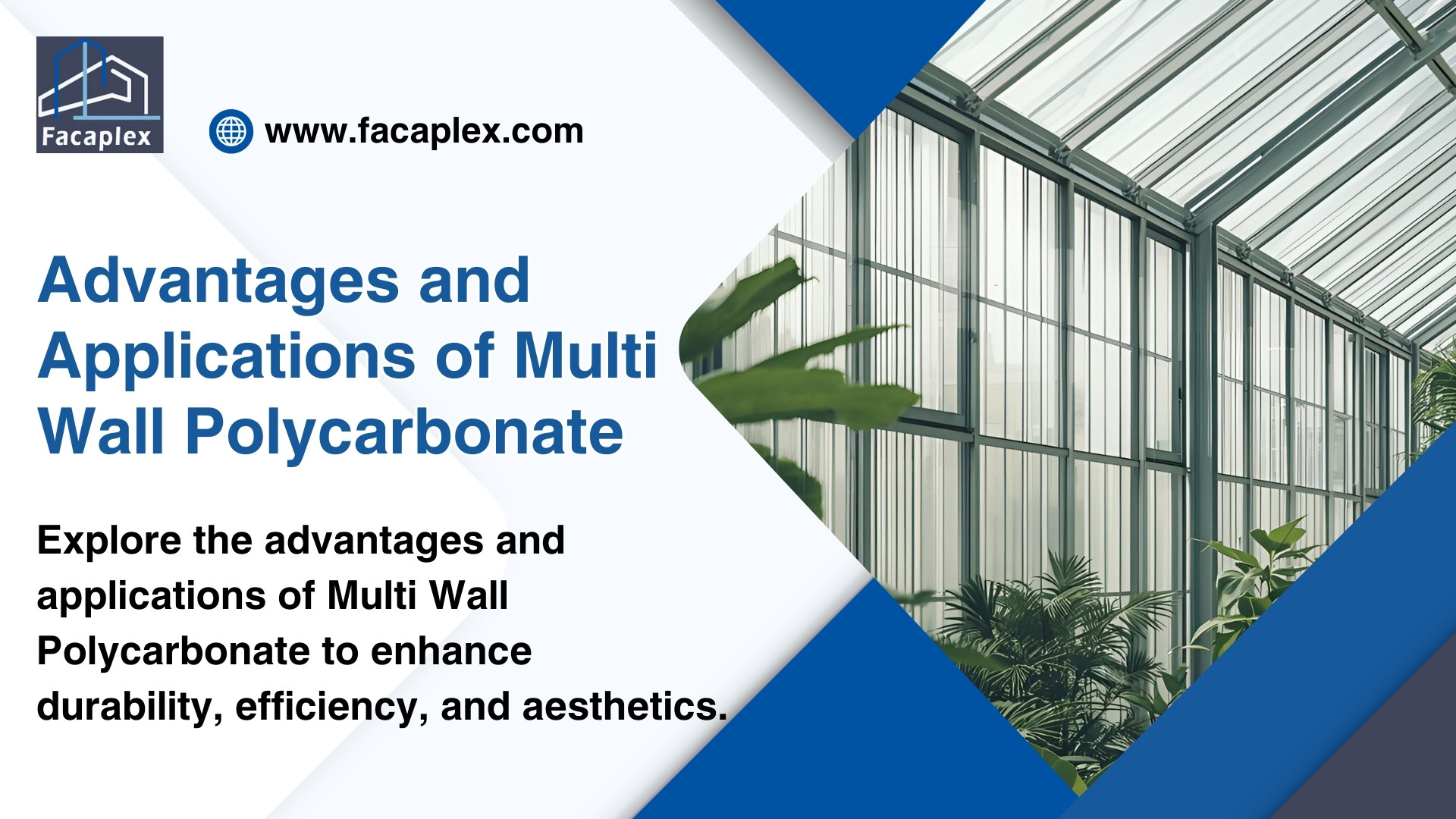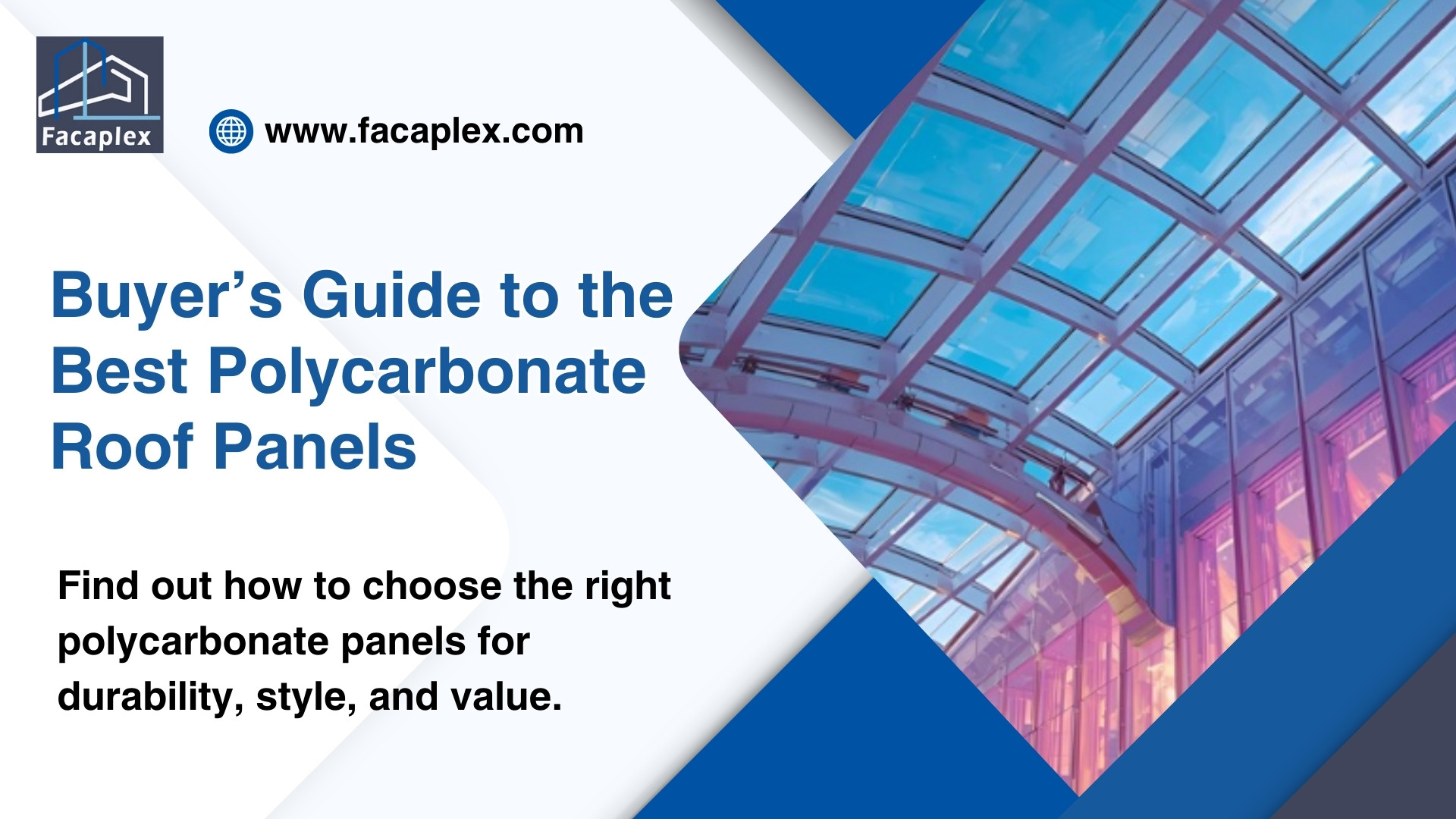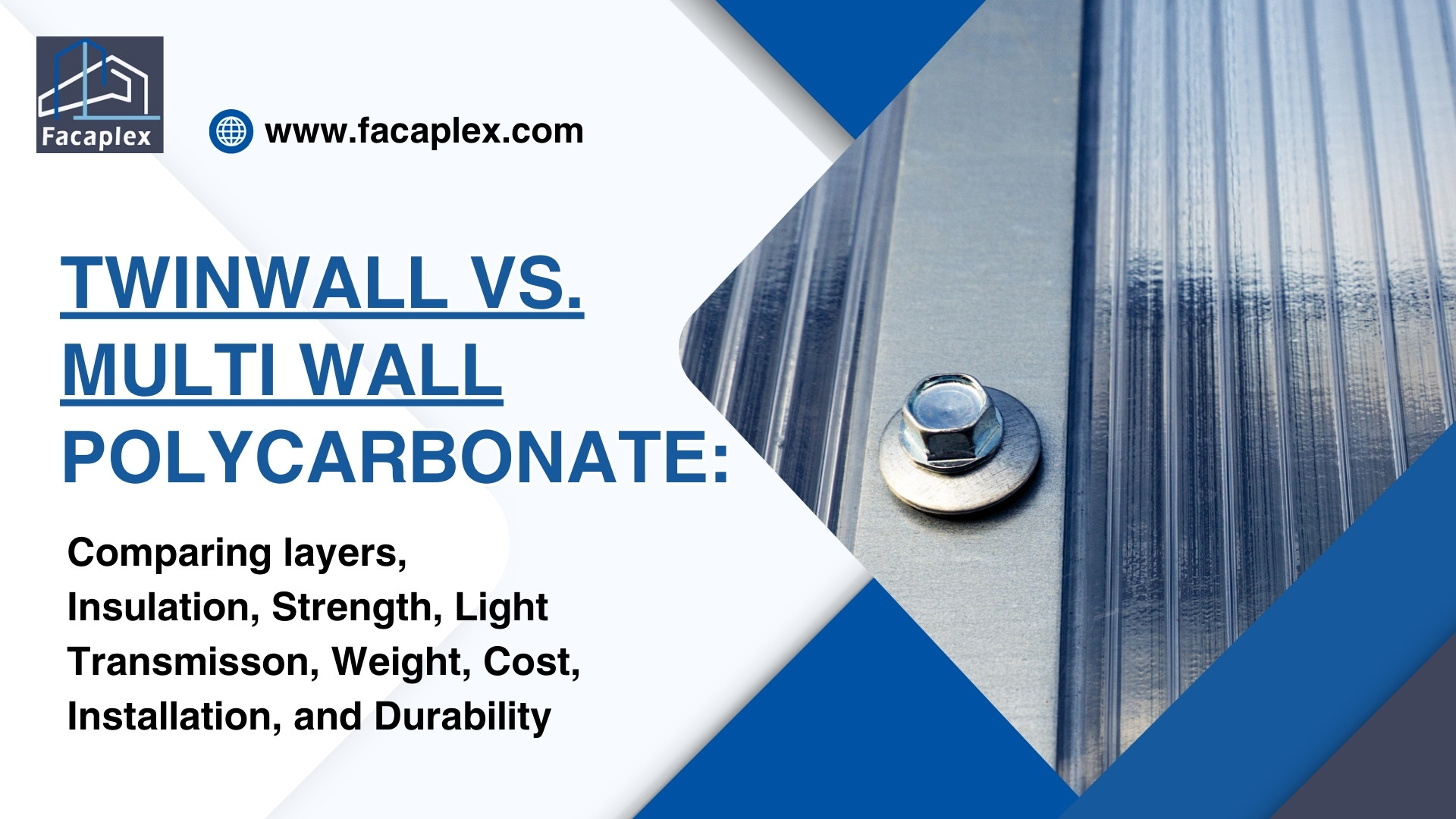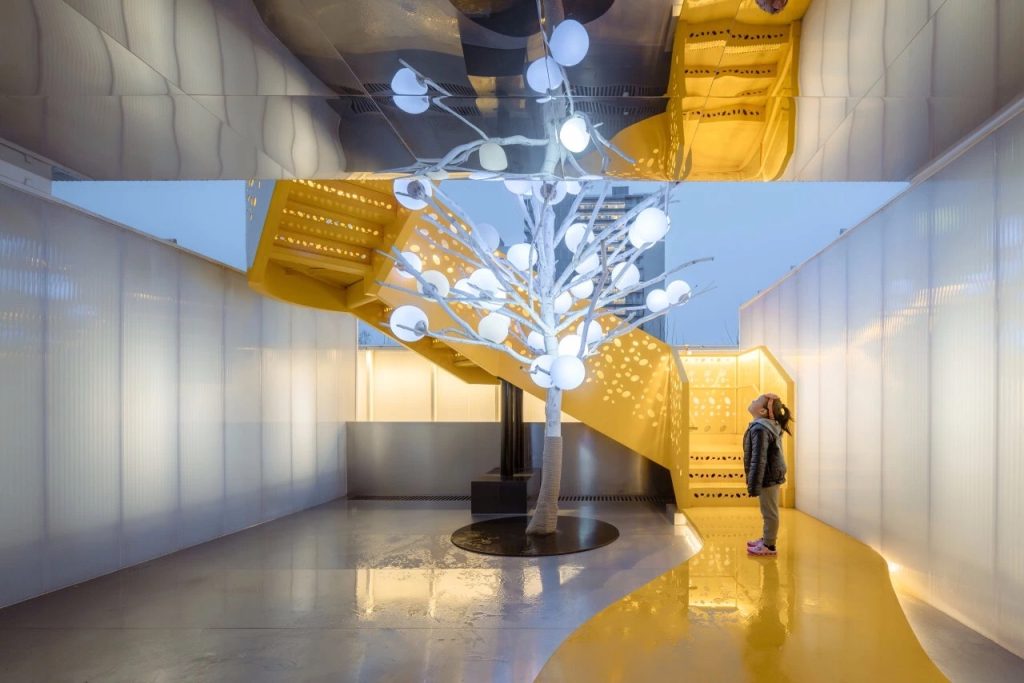Triple-wall polycarbonate panels help you boost greenhouse efficiency by improving insulation and energy savings. You get strong light transmission and durability, which makes your polycarbonate greenhouse a smart choice for long-term use. Choose from different thicknesses and finishes to match your climate and growing needs.
Insulation and Energy Savings
Heat Retention
Triple-wall polycarbonate panels trap heat inside your greenhouse. You get better thermal insulation than glass or single-wall panels. The air pockets between the layers slow down heat loss, keeping temperatures stable.
You can choose panels in different thicknesses, such as 8mm, 16mm, or 25mm. Thicker panels hold more heat, which helps you grow plants in colder climates. This insulation lets you use less artificial heating.
Tip: Anti-condensate coatings on triple-wall polycarbonate panels prevent water droplets from forming. This keeps your plants healthy and helps maintain a steady temperature.
Reduced Energy Costs
You save money on energy bills when you use triple-wall polycarbonate panels. The strong insulation means you need less heating in winter and less cooling in summer. Many growers report lower energy costs after switching to these panels.
Here is a simple comparison of energy savings:
| Panel Type | Insulation Level | Typical Energy Savings |
|---|---|---|
| Single-wall | Low | Minimal |
| Double-wall | Medium | Moderate |
| Triple-wall | High | Significant |
If you own a polycarbonate greenhouse, you can expect to see a drop in your monthly energy expenses. This makes your greenhouse more efficient and cost-effective.
Light Transmission and Plant Growth

Light Diffusion
You want your plants to get the right amount of light. Triple-wall polycarbonate panels allow up to 76% light transmission. This means your plants receive enough sunlight for strong growth.
The structure of these panels spreads light evenly across your greenhouse. You avoid harsh shadows and hot spots. Your crops grow healthier because they get balanced light.
You can choose different finishes for your panels. Clear panels give maximum light, while opal and bronze finishes help diffuse sunlight. These options let you control how much light and heat enter your polycarbonate greenhouse.
Note: Light diffusion helps prevent leaf burn and supports even growth for all plants.
UV Protection
Triple-wall polycarbonate panels block harmful UV rays. Your plants stay safe from sun damage. The panels also protect you when you work inside the greenhouse.
UV protection keeps the panels from turning yellow or brittle. You get longer-lasting panels and better results for your crops. This feature helps you maintain a productive greenhouse year after year.
Here is a quick look at finish options and their benefits:
| Finish Type | Light Transmission | Diffusion | UV Protection |
|---|---|---|---|
| Clear | High | Low | Yes |
| Opal | Medium | High | Yes |
| Bronze | Medium | High | Yes |
You can select the finish that matches your climate and growing needs. This flexibility makes triple-wall polycarbonate a smart choice for any greenhouse.
Durability and Weather Resistance
Impact Strength
You want your greenhouse to stand up to tough weather. Triple-wall polycarbonate panels give you excellent impact resistance. These panels can handle hail, strong winds, and heavy snow without cracking.
The stiff structure of triple-wall panels adds extra strength. You do not have to worry about panels bending or breaking during storms. Many growers choose these panels for areas with harsh weather because they last longer than glass.
Tip: Triple-wall polycarbonate panels resist shattering, so you get peace of mind during extreme conditions.
Longevity
You get long-lasting performance from triple-wall polycarbonate panels. These panels resist UV rays, so they do not turn yellow or brittle over time. You can expect your polycarbonate greenhouse to look good and work well for many years.
Anti-condensate coatings help keep water from dripping onto your plants. This feature protects your crops and keeps the inside of your greenhouse dry. You spend less time on maintenance and more time growing healthy plants.
Here are some mechanical advantages of triple-wall polycarbonate panels:
- High stiffness for better support
- Lightweight for easy installation
- Resistance to chemicals and moisture
You can trust these panels to protect your greenhouse investment. They offer a strong barrier against weather and daily wear.
Cost-Effectiveness
Long-Term Value
You want your investment in a greenhouse to last for many years. Triple-wall polycarbonate panels may cost more at first than single-wall or double-wall options. However, you save money over time because these panels reduce energy bills and rarely need replacement.
The strong insulation of triple-wall panels means you spend less on heating and cooling. You also protect your plants better, which can lead to higher yields. Many growers find that the savings on energy and repairs quickly make up for the higher initial cost.
Tip: Choosing the right thickness for your panels can help you balance upfront costs with long-term savings.
Here is a quick comparison of initial cost and long-term value:
| Panel Type | Initial Cost | Energy Savings | Lifespan |
|---|---|---|---|
| Single-wall | Low | Low | Short |
| Double-wall | Medium | Medium | Medium |
| Triple-wall | High | High | Long |
Maintenance
You spend less time and money on maintenance with triple-wall polycarbonate panels. These panels resist yellowing, cracking, and weather damage. You do not need to replace them as often as glass or single-wall panels.
Cleaning is simple. Use mild soap and water to keep your panels clear. Anti-condensate coatings help prevent water buildup, so you avoid mold and plant diseases in your polycarbonate greenhouse.
You can trust these panels to protect your greenhouse with minimal effort. This means you focus more on growing healthy plants and less on repairs.
Comparison: Triple-Wall vs. Double Walled Polycarbonate
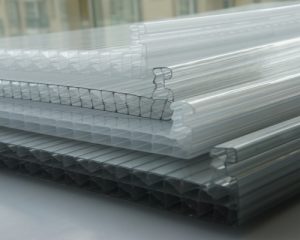
Insulation Performance
You want your greenhouse to stay warm in winter and cool in summer. Triple walled polycarbonate gives you better insulation than double walled polycarbonate. The extra layer traps more air, which slows down heat loss.
| Panel Type | Insulation (R-value) |
|---|---|
| Glass | Low |
| Double walled polycarbonate | Medium |
| Triple walled polycarbonate | High |
Strength and Durability
You need panels that can handle storms and impacts. Triple walled polycarbonate has a stiffer structure and resists bending. Double walled polycarbonate is strong, but the triple layer adds extra protection against hail and wind.
Tip: Choose triple walled panels if you live in an area with harsh weather.
Light Transmission
Plants need sunlight to grow. Double walled polycarbonate lets in more light than triple walled polycarbonate. Triple walled panels diffuse light better, which helps prevent hot spots and supports even plant growth.
Cost
You pay more upfront for triple walled polycarbonate. Double walled polycarbonate costs less and still offers good performance. Over time, the energy savings from triple walled panels can make up for the higher initial price.
Applications
Use double walled polycarbonate for mild climates or starter greenhouses. Triple walled polycarbonate works best for year-round growing or cold regions. Glass is best for display greenhouses but needs more care.
Maintenance Requirements
Both polycarbonate types need little maintenance. You clean them with mild soap and water. Triple walled panels last longer and resist yellowing, so you replace them less often.
Conclusion
Triple-wall polycarbonate panels help you create a more efficient greenhouse. You get better insulation, strong light transmission, and long-lasting durability. These panels outperform glass and double-wall options in most climates.
If you want to upgrade or build a polycarbonate greenhouse, consider triple-wall panels for the best results. You can explore more resources on greenhouse materials or talk to local experts for advice. Your plants will thrive, and you will save on energy costs.
